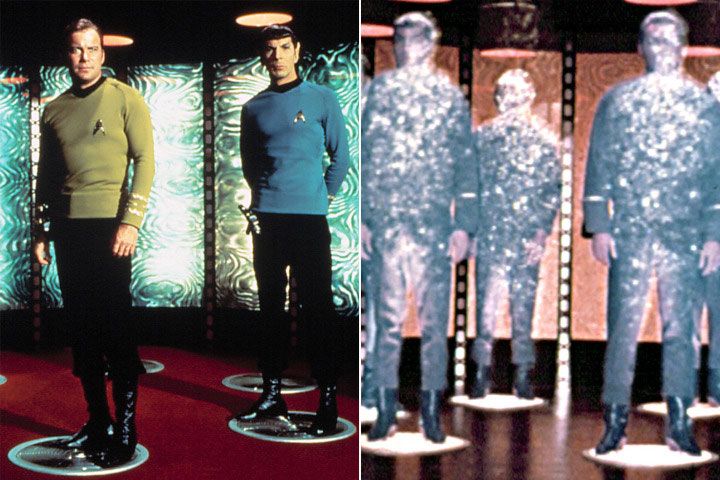Teleportation

An American writer Charles Fort first used the word teleportation in his 1931 book, ‘Lo!’. He used it to indicate the sudden and mysterious disappearances and appearances of anomalies, which may or may not be connected. His coinage was based on the literary license which he had as a writer, and since he didn’t have to prove the disappearances in his stories, many regarded his coinage as just a mere mythical term, having no connection to the real and scientific world.
Back in the 20th century, with Albert Einstein, Max Planck, Wolfgang Pauli, Erwin Schrodinger and many more scientists coming into picture, quantum physics took a huge leap. The development of quantum physics resolved a lot of mysteries behind the vast and unexplored universe. During late 20th century, work began in resolving whether teleportation could be possible in physical world or not. With so many papers published in the field of quantum physics, things were looking a bit simpler for the scientists.
Before we go ahead, let’s talk what teleportation is. Technically speaking, it is the transfer of matter and energy without leaving any trace of its origin in its previous position. For example, we have the movie Star Trek that brought the concept of teleportation to everybody’s living room. In a jiffy, the characters could move from one place to another physically. But that’s fiction. We are years away from being able to teleport matter physically. Let’s venture now to the scientific advancement made in this field.
In 1990 to be precise, four researchers surged ahead in developing a basic quantum teleportation protocol. This research team included Charles Bennett of IBM. To successfully teleport a quantum state, one must make an accurate measurement of the quantum system and send it to a destination, where an exact clone of the system would be made. But the ‘no-cloning’ theorem of quantum mechanics states that it is impossible to make a perfect copy of the quantum state. What the researchers did was that they created a protocol where they had two observers named Alice and Bob. Say Alice takes the measurements of a quantum state by interacting with it through a quantum channel. Now it would relay the information via a classical channel to the other observer Bob, which has a set of quantum particles. Now, according to the properties relayed to it, it will adjust the properties of the entangled particles it has, thus making a clone. But while changing the properties, it led to the loss of the properties which the particle set possessed by Alice had. This technique was used to teleport the spin of a photon in 1997. Then onwards, states of atomic spins, coherent light fields, nuclear spins and trapped ions all have been teleported.
RECENT ACTIVITY IN THIS FIELD
The subject is getting more and more interesting as scientists all around the globe have been rigorously working to try to teleport more than what they had done previously. The hot news that has drawn a lot of attention to the field of teleportation has come from China. Two professors of University of Science and Technology of China in Hefei, Chaoyang Lu and Jian-Wei Pan along with their colleagues have been successful in teleporting multiple quantum properties of photon simultaneously. They were able to teleport two properties – spin and orbital angular momentum of a photon.

Jian Wei-Pan. (Image Credit)
The interesting part of this field is that each and every successful experiment goes on to prove Einstein’s postulate that nothing in this universe has a velocity that is greater than light’s . Also, now, we are successful in teleporting properties from one place to other simultaneously. So, with further research, in future, we would be able to teleport a large number of properties at the same time, thus bringing us more close to the reality of teleportation. Further research would bring us closer to quantum computers, which is a burning topic in today’s quantum research. Not only that, teleportation would provide us with the opportunity of quantum communication. A theoretical concept now, which involves exchange of information with the speed of light, a success in this field would increase the pace of human species in their quest to unlock the mysteries of the vast universe.
Research in the teleportation field has increased. What needs to be done now is to create a solid foundation of young scholars who can take the years of study, knowledge and expertise gathered to bring us closer to what we can call “eternity in the field of science”.

